” When people are alone, they are always afraid of the dark, she thought. They keep trying to see where they are and the blackness around them keeps them from seeing. It was like trying to look into the future. There was no way of knowing what threat lurked just beyond tomorrow or the next day, and the not knowing is what makes everyone afraid. ” [17:405]
The Houghton Mifflin Literary Fellowship allowed Ann Petry to complete the debut novel, published in 1946, which tells the story of a young black mother who struggles to raise her son amid the violence, poverty, and racial dissonance of Harlem in the late 1940s. She lives in the fear of what might lie ahead. Determined to move out of her father’s house, in which a handful of boarders and girlfriends come and go, Lutie Johnson finds an apartment. Streets like the one she lives on were no accident—these streets were the North’s lynch mobs, the method big cities used to keep blacks in their place.
And Lutie thought, No one could live on a street like this and stay decent. It would get them sooner or later, for it sucked the humanity out of people—slowly, surely, inevitably. [9:229]
As Lutie stakes out a piece of life for herself, her ruined past is revealed in natural arcs. From the time she was born, she had been hemmed into an ever-narrowing space, physically and figuratively, because of her color. Her father has been unemployed for as long as she can remember. Her husband slowly disintegrates because he, too, couldn’t get a job. Distance incurred by a live-in housekeeping job eventfully leads to the wreck of their marriage, as her prolonged absence provides an opportunity to his infidelity. Although her young, prosperous white employers treat her cordially, the nature of their interaction dawns on her that she is not created equal, based on a very different set of values that makes her contemptuous. It doesn’t matter she sees what they see and hears what they hear, or even breathes the same air they do. There exists a wall, invisible but invincible, in between which that prevents them from mingling on an equal footing. An unspoken distrust and a cruel predisposition exist beneath the perfunctory politeness.
And again she thought of the barrier between her and these people. The funny part of it was she was willing to trust them and their motives without questioning, but the instant they saw the color of her skin they knew what she must be like; they were so confident about what she must be like they didn’t need to know her personally . . . [2:46]
In a way, Lutie is convinced that discrimination based on skin color is the root of her being caught in the vicious circle of poverty. To stay afloat the miasma of the neighborhood, she has to work harder and save money in order to afford living elsewhere. That would mean leaving her son to his own devices after school. The Street is not only about Lutie’s struggle to live in dignity and sanity, it’s a powerful, uncompromising work of social criticism, illuminating on the devastating impact of racial injustice, through the most vulnerable characters, a single mother and her son. Streets constitute a walled enclosure into which the white world thrust black people, where they wallow in their misery, where stores sell unsalable groceries, and where teachers, shudder at the lack of restraint of students, devote most of the time maintaining discipline. The street is also a life-size enemy that commands threat, in the form of a salacious building super, a lecherous bar owner, and other men who prowls on the chance to take advantage of a poor woman.
If she needed anything to spur her on, she thought, this fierce hatred, this deep contempt, for white people would do it. She would never forget Junto. She would keep her hatred of him alive. She would feel it as though it were a fire. [13:315]
Contrived to preserve her dignity, Lutie liberates all her repressed hatred and anger in a charged denouement that rushes to a fatalistic climax. At times it’s unbearable to read how invisible forces close in on someone so vulnerable. The book still resonates so powerfully today because injustice has not disappeared, instead the executors of injustice have been trickier and more sophisticated.
436 pp. Trace paperback. [Read/Skim/Toss] [Buy/Borrow]
Filed under: American Literature, Books, Literature | Tagged: African American Literature, American Literature, Ann Petry, Books, Literature |















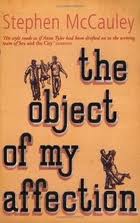





















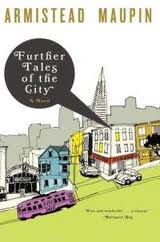






















































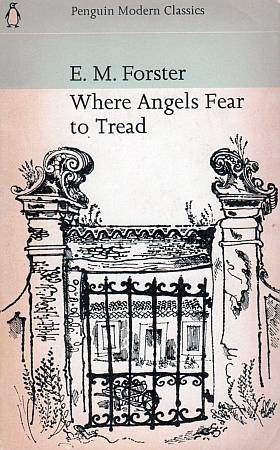















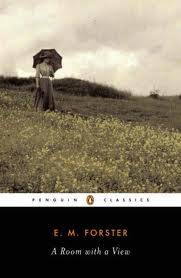








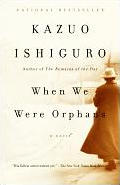

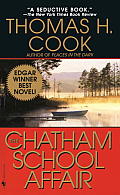




















































































































































and the affected people do not notice it. It is done in a rather clandestine manner and sometimes includes the participation of the affected.
Still relevant today… thanks
I enjoyed Petry’s writing. I like how she only reveals bits of biographical information in natural arcs. For almost the entire book Lutie wasn’t aware she’s been falling into the hands of the wicked and cunning.
Wow! Sounds like a powerful book that is still relevant today. Will definitely be adding this one to my Kindle. Thanks!
The back flap said the book sold over 1 million copies, interesting I haven’t heard about it earlier. It’s an American classic that should be read in classrooms.
Great review. I read this book forty years ago and I still remember how good it was. Thanks for reviewing it and bringing it to people’s attention.
I am glad to have found this novel, which I have never heard of until I saw it at the bookstore. It gripped me right away when I turned the first few pages.
You are so right about injustices not disappearing. This seems the perfect book for all of us to read.
Injustices have become so subtle now. You don’t see racial slurs or total segregation. That injustice is invisible doesn’t mean it’s going away. Invisible injustice is worse than the visible ones.
Thanks for your kind words about my mother’s book. Liz Petry
[…] Boost: THE STREET NEEDS FUNDING TO BECOME A […]